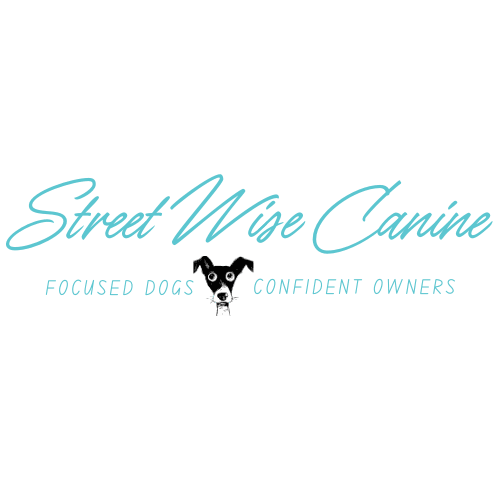Why Dogs Chew: How to Support Your Dog’s Natural Need to Chew
Chewing Isn’t a Bad Habit — It’s a Biological Need
If your dog chews, there’s a reason. And it’s not boredom. It’s not destruction. It’s not defiance.
For many dogs, chewing is how their nervous system finds balance. It’s a regulatory behavior — one that helps them settle, feel safe, and release tension in their bodies.
Trying to stop chewing without understanding the need behind it often leads to frustration — for you and your dog.
Why Chewing Matters for Canine Enrichment
Chewing is part of your dog’s instinctual enrichment — a critical pillar of fulfillment we explore in the Beyond Busy Whole Dog Enrichment model.
It activates your dog’s brain, jaws, and sensory systems in a deeply satisfying way. It’s not something to “train away.” It’s something to support — safely, intentionally, and creatively.
Edible Raw Bones
Edible bones are fully consumable and designed for your dog to eat. They offer both nutritional benefits and calming enrichment.
Benefits of Edible Bones:
- High in calcium, collagen, and natural nutrients
- Supports digestion
- Encourages rhythmic, regulatory chewing
- Offers deep satisfaction for intense chewers
Perfect For Dogs Who:
- Shred every toy within minutes
- Struggle to calm down after play
- Need a recovery behavior after stimulation
Suggested Bones by Dog Size:
Small Dogs (up to 25 lbs):
- Chicken necks
- Duck feet
- Whole quail
- Chicken wings
Medium Dogs (25–50 lbs):
- Duck necks
- Rabbit
- Chicken backs
- Goat or lamb tails
Large Dogs (50+ lbs):
- Turkey necks
- Duck frames
- Pork or lamb ribs
- Chicken legs
- Pork feet
Always supervise raw bone sessions. Thaw bones fully and feed in a quiet, calm space.

ecreational Bones for Dogs
Recreational bones (like marrow or knuckle bones) are not meant to be eaten — but they are ideal for longer chewing sessions. They help burn off nervous energy, regulate arousal, and fulfill your dog’s need for a focused outlet.
When to Use:
- Post-meal decompression
- Rainy day or no-walk days
- Dogs who need more chewing than physical exercise
Limit chewing to 20–30 minutes to avoid overstimulation or digestive upset. Store between uses.
Worried About Broken Teeth? Chew Smart, Not Hard.
Safety matters. Here’s how to keep chewing beneficial — not risky:
- Skip cooked or heat-treated bones
- Avoid weight-bearing bones (especially beef femurs) for heavy chewers
- Choose softer bones with cartilage and connective tissue
- Size up — offer bones too large to swallow, so your dog is encouraged to chew slowly
Daily Chewing Can Be Part of Your Dog’s Enrichment Routine
Chewing isn’t just a toy or a treat — it’s a regulation tool for your dog’s nervous system.
Add Chewing Into Your Dog’s Day:
- 1 session daily (rotate types: edible, recreational, frozen, filled)
- Offer after exercise, enrichment, or meals
- Use chewing as a recovery ritual — a moment of calm, not chaos

Final Thoughts: Respect the Chew
Some dogs need to chew the way others need to run, sniff, or explore.
When we treat chewing like a need instead of a nuisance, we stop fighting the behavior — and start supporting the dog.
You don’t have to stop the chewing. You just have to make it safe.

